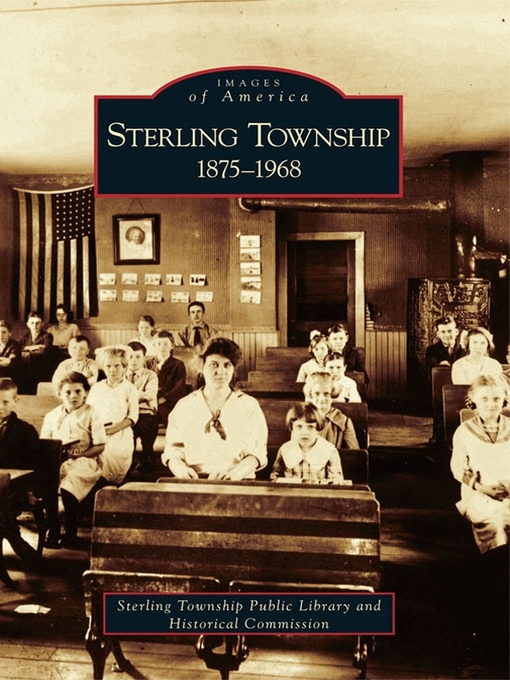Sterling Township, located about 18 miles northeast of Detroit, was first settled after the Erie Canal was opened. The rich soil, relatively flat land, and the vital Clinton River attracted pioneer and immigrant families who arrived to establish farmsteads. The first influx of immigrants came mainly from the British Isles, and by the 1870s, Germanfamilies had flocked to the area, raising dairy cattle andestablishing farms. Belgians, arriving in the early 1900s,developed truck farming—growing fruits and vegetablesto sell every week at the farmers' market in Detroit. Farmculture prevailed until the 1950s, when large industrialplants began moving in, bringing with them workers anda need for housing and city services. Sterling Townshipbecame the city of Sterling Heights in 1968, and thiscollection of photographs will showcase the families andthe way of life in the early days of this community, ahistoric community that is now the fourth largest city in Michigan.
- Available now
- Time to Brush Up On Some Classics?
- New eBook additions
- New kids additions
- New teen additions
- Most popular
- Try something different
- See all
- 2024 Audie Winners & Finalists
- ALA Listen List
- New audiobook additions
- Available now
- New kids additions
- New teen additions
- Celebrity Readers
- Quick Listens
- See all
- Home & Garden
- Tech & Gaming
- Business & Finance
- Fashion
- Health & Fitness
- Travel & Outdoor
- Celebrity
- Food & Cooking
- Family & Parenting
- News & Politics
- Photography
- See all

